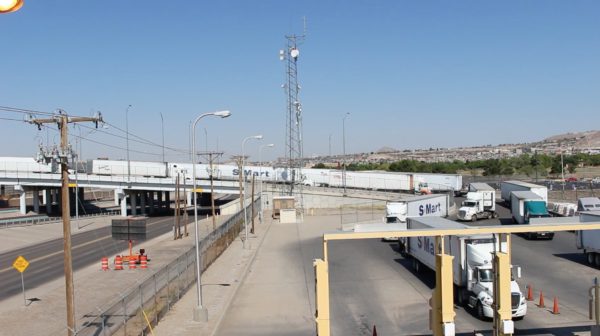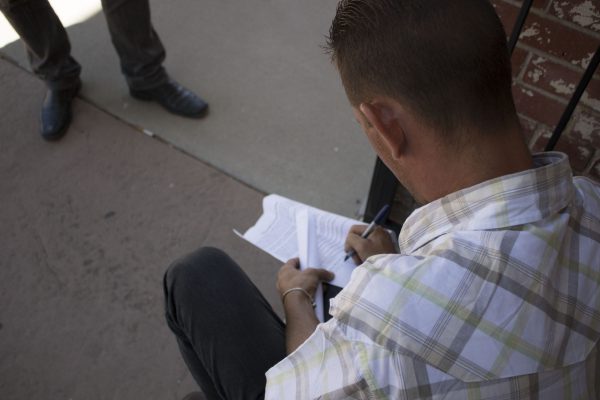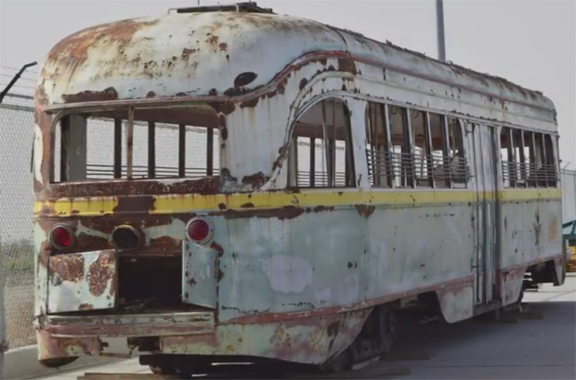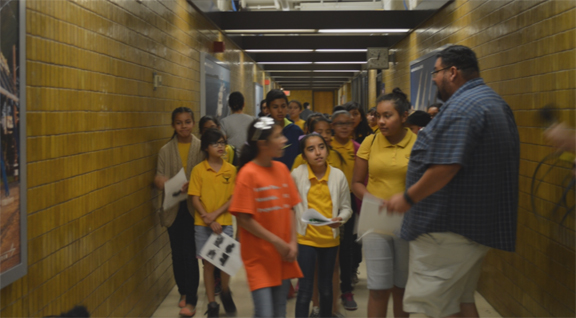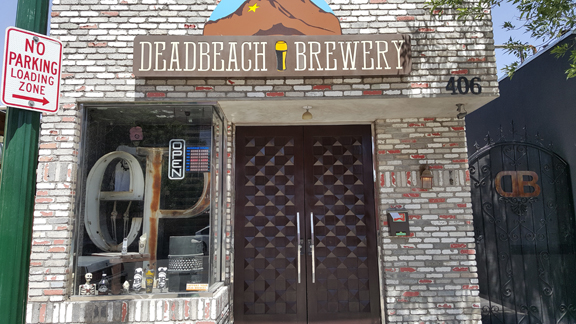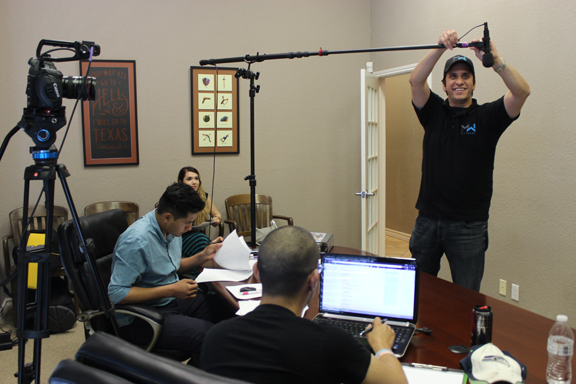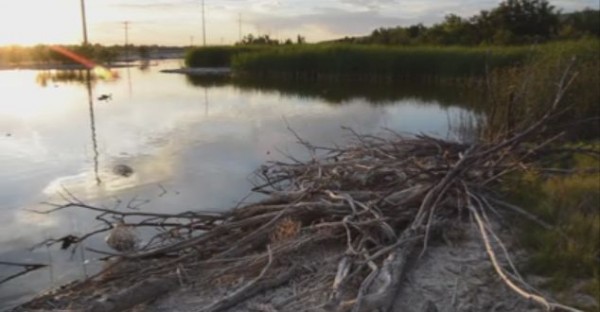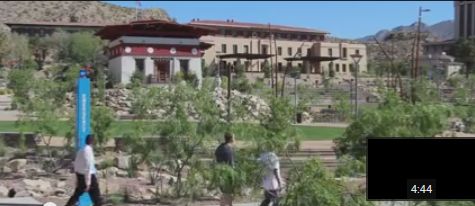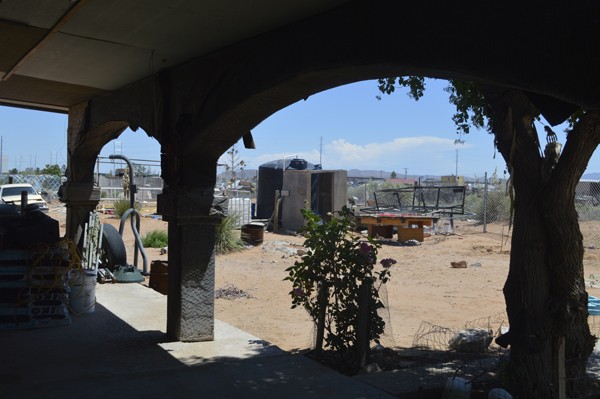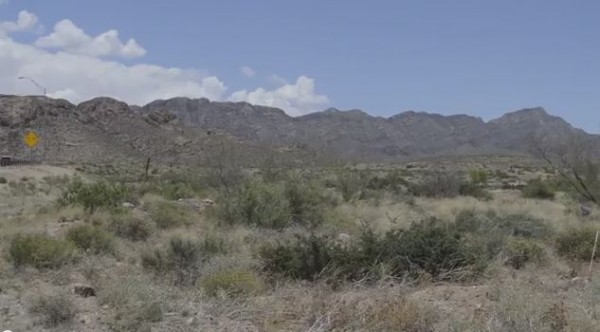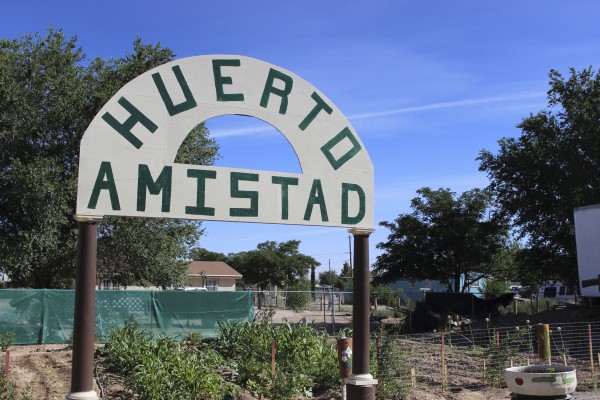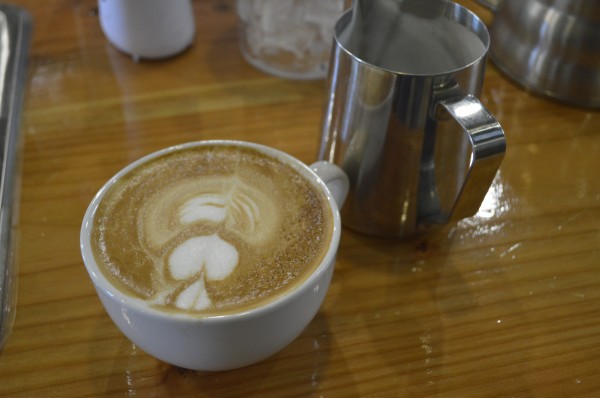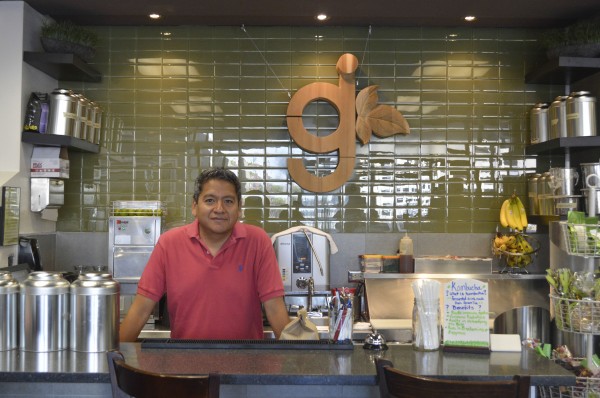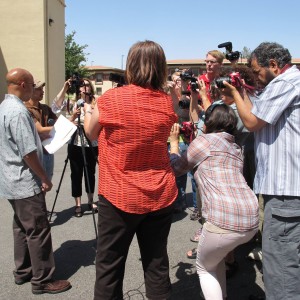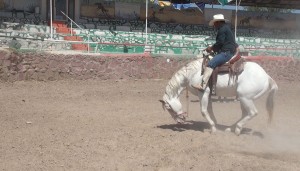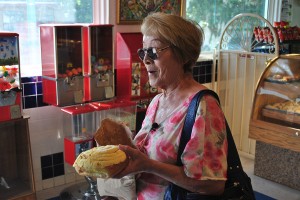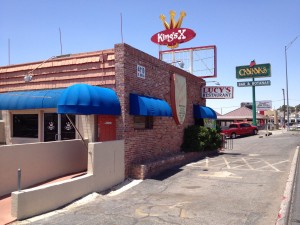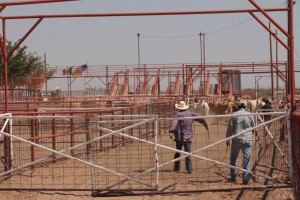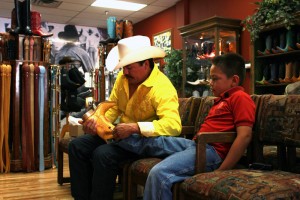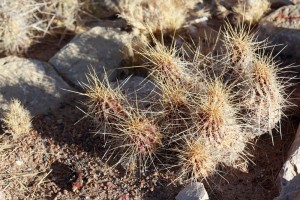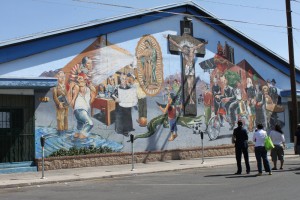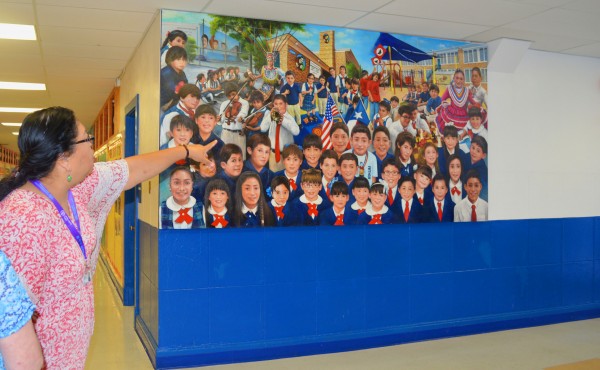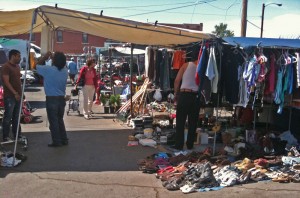Security, trade, family bind both sides of border
|
By Pam Frederick
From the roof of the commercial customs lanes at the US-Mexico border in El Paso, TX, a line of trucks four lanes wide stretches beyond sight into the Mexican city of Juárez. A similar line of cars inch along, idling for hours, towards the Bridge of the Americas, one of 10 border crossings in the region. The view makes one point perfectly clear: free trade between the US and Mexico is not ending anytime soon. And no one around these parts knows that better than local business owners. “We build everything together,” says Miriam Kotkowski, the owner of Omega Trucking located just three miles from the border crossing at Santa Teresa, N.M. Her father started his business in New Mexico 50 years ago, crossing cattle.
